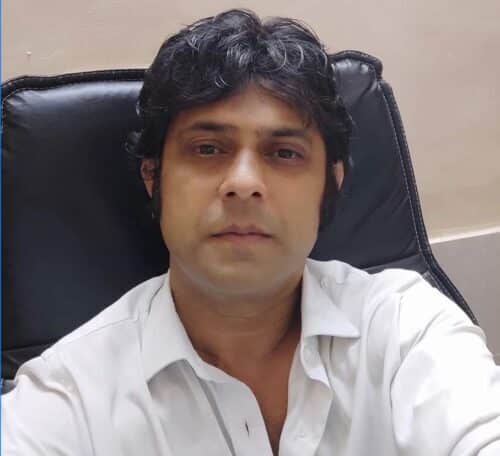In Himalaya Drug Co. v. S.B.L. Ltd., 2012 SCC OnLine Del 5701, the Court elucidated on the ‘essential and prominent’ features of the trademark for the purpose of determining disputes relating to infringement of trademark and I quote the relevant passages as follows:-
“44. The courts have propounded the doctrine of prominent and essential feature of the trade mark for the purposes of adjudication of the disputes relating to infringement of trade mark. While deciding the question of infringement, the court has to see the prominent or the dominant feature of the trade mark. Even the learned single judge agrees to this proposition when the learned judge quotes McCarthy on Trade Marks that all composite marks are to be compared as whole. However, it is dependent on case to case to basis as a matter of jury question as to what can be the possible broad and essential feature of the trade mark in question. 45. It is settled law that where the defendant’s mark contains the essential feature of the plaintiff’s mark combined with other matter, the correct approach for the court is to identify an essential feature depending particularly “on the court’s own judgment and burden of the evidence that is placed before the Court”. In order to come to the conclusion whether one mark is deceptively similar to another, the broad and essential features of the two are to be considered. They should not be placed side by side to find out if there are differences, rather overall similarity has to be judged. While judging the question as to whether the defendant has infringed the trade mark or not, the court has to consider the overall impression of the mark in the minds of general public and not by merely comparing the dissimilarities in the two marks. 46. The ascertainment of an essential feature is not to be by ocular test alone but if a word forming part of the mark has come in trade to be used to identify the goods of the owner of the trade mark, it is an infringement of the mark itself to use that word as the mark or part of the mark of another trader for which confusion is likely to result. The likelihood of confusion or deception in such cases is not disproved by placing the two marks side by side and demonstrating how small is the chance of error in any customer who places his order for goods with both the marks clearly before him, for orders are not placed, or are often not placed, under such conditions. It is more useful to observe that in most persons the eye is not an accurate recorder of visual detail and that marks are remembered rather by general impressions or by some significant detail than by any photographic recollection of the whole”.
In the decision reported as (1951) 68 RPC 103 at page 105, De Cordova v. Vick Chemical Co., the plaintiffs were the proprietors of a label containing the words “Vick’s VapoRub” as the essential feature, registered in Jamaica, and the defendants used a similar label with the words “Karsote Vapour Rub” as the essential feature, and it was shown that the expression “VapoRub” had become distinctive of the plaintiff’s goods in Jamaica, an action for infringement was successful. Trade Mark Infringement – Filing A Special Leave Petition
(Opens in a new browser tab)
Refer to the various judgments given below on the subject:
De Cordova v. Vick Chemical Co. (supra), (1941) 58 RPC 147, Saville Perfumery Ld. v. June Perfect Ld., (1972) 1 SCC 618 : AIR 1972 SC 1359 at 1362, National Chemicals and Colour Co. v. Reckitt and Colman of India Limited and AIR 1991 Bom 76, National Chemicals and Colour Co. v. Reckitt and Colman of India Limited)
Identification of essential features of the trade marks has been discussed in details in the case of Kaviraj Pandit Durga Dutt Sharma v. Navaratna Pharmaceutical Laboratories :— “In an action for infringement, the plaintiff must, no doubt, make out that the use of the defendant’s mark is likely to deceive, but where the similarity between the plaintiff’s and the defendant’s mark is so close either visually, phonetically or otherwise and the court reaches the conclusion that there is an imitation, no further evidence is required to establish that the plaintiff’s rights are violated.
Expressed in another way, if the essential features of the trade mark of the plaintiff have been adopted by the defendant, the fact that the get-up, packing and other writing or marks on the goods or on the packets in which he offers his goods for sale show marked differences, or indicate clearly a trade origin different from that of the registered proprietor of the mark would be immaterial;… “When once the use by the defendant of the mark which is claimed to infringe the plaintiff’s mark is shown to be “in the course of trade”, the question whether there has been an infringement is to be decided by comparison of the two marks. Where the two marks are identical no further questions arise; for then the infringement is made out….” Arbitration Services
(Opens in a new browser tab)

